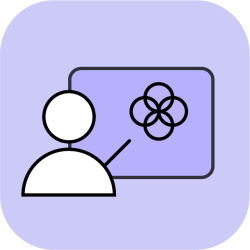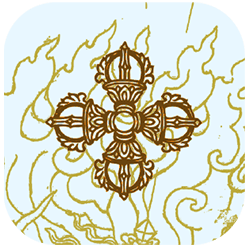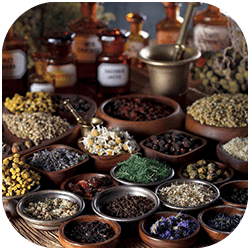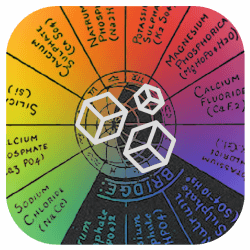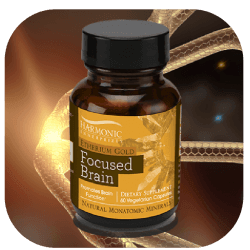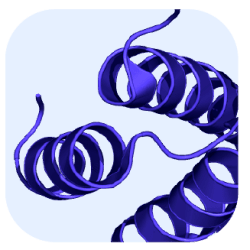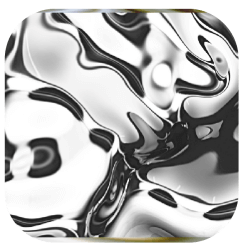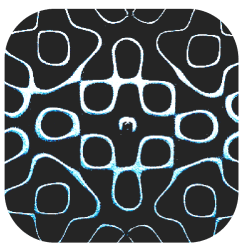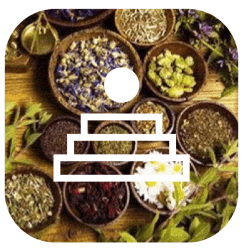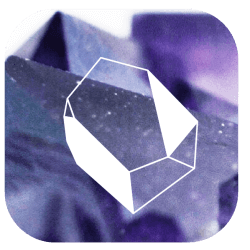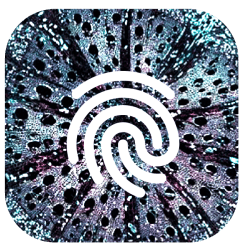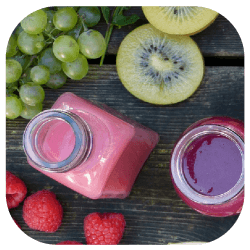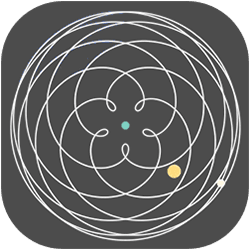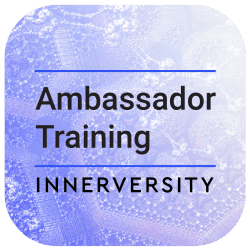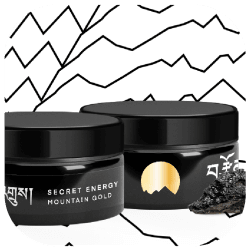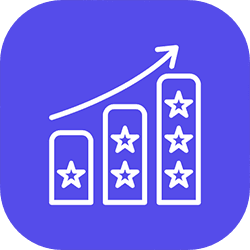A stroke is a CVA or cardiovascular accident that affects millions of Americans and more around the world. Apoplexy is the old term used for strokes. The risk for stroke is greater for men, occurring more frequently than women over the age of forty; however, in this modern American age that could be changing.
A stroke is a sudden decrease in blood flow in the brain and then the brain doesn’t function normally. Strokes may happen due to thrombosis (blood clots). Signs of a stroke include sudden loss of consciousness, inability to speak or move certain body parts, numbness, loss of muscle control, headaches, confusion, and loss of bladder and bowel control.
Early signs of an oncoming stroke are dizziness, pressure sensation, headache, sleep disturbances, irritability, and emotional exhaustion.
During a stroke you can keep your consciousness or may lose it hours to days later. There can be severe pain, vomiting, extreme snoring, and uncontrollable loss of saliva. In both cases, there is a one-sided paralysis that can affect the face.
When the cause of the stroke is hemorrhage in brain tissue, the patient’s face is bright red. If the cause is a clot of the brain artery, then the face is pale.
Main causes of stroke include high blood pressure and arteriosclerosis, anemia of the brain which causes memory loss and senility. These causes come from weak veins in the brain, venous cramping or bleeding within the brain. Other causes may include arteriosclerosis, prescription drugs, diet and lifestyle.
Risks include smoking, obesity, high fat and salt in the diet, and alcohol consumption.
Always call 911 if you suspect a stroke while using natural emergency measures. Medical treatment for stroke in the emergency room is essential and life saving. Then there are many natural helps for a speedy recovery.
Natural perspective on stroke – first get emergency help. If you have to wait or there is no help coming, then try the following treatments as they are historically uses and have been used with some success. REMEMBER; use the best medical treatment first, then natural treatments.
Diet for after a stroke: change your diet to eliminate tobacco, alcohol, coffee, soda, and fast foods. That will help 80% of the way there. Remember to eat three meals a day with protein and incorporate more fruits and vegetables.
Natural supplements for after stroke or to prevent stroke:
Garlic (Kyolic brand is really odorless). 2 capsules twice a day for help with blood pressure and cholesterol. It may be that simple.
Fish oil at 6,000 mg a day is also essential for cardiovascular health. It also acts as an anti-inflammatory. This is not a concentrated Omega 3; plain fish oil is more like real fish.
Add Coenzyme Q10 to improve cardiovascular function.
Natural First Aid for Stroke (Historical herbal usage for information only).
Lie still in bed, remove tight clothes. Put an ice pack on the neck and head. Drink 2 teaspoons of Arnica tincture and one teaspoon of Hamamelis tincture in 8 ounces of cold water. Arnica is not usually used internally as it is somewhat toxic but in this case, your life may be worth it. Arnica has been used in Europe for centuries for wound healing inside and out.
A centuries old herb formula for wounds is 20% Arnica tincture, 40% St. John’s wort tincture, and 40% Calendula flower tincture. Mixed together it has been used for wounds and trauma, taken 1 teaspoon before a dangerous activity (battles) etc. and a teaspoon as needed afterward. Some modern herbalists have used it with success. Internally, Arnica should be used for short periods (a few days at most). This may not be much different than the toxic effects of antibiotics that are also used usually for short periods.
Arnica may irritate your tissues of the mouth and throat if not diluted in water sufficiently. Acute homeopathic treatment is very safe to take while waiting for emergency services and may reduce of limit damage from a stroke.
Homeopathy for Stroke in Progress
Acute Stroke (vascular headaches and/or sunstroke)
Belladonna (#1) – red face, dilated pupils throbbing
Glonoinum (#2) – throbbing headache w/beat of heart
Aconite – anxiety, flushing
Stroke in Progress (30c potency or higher)
Amyl nitro – red face flushing, palpitations, heat flushes, anxiety.
Belladonna – red face, throbbing, dilated pupils.
Glonoinum – throbbing to the pulse of the heart and headache. Angina symptoms.
Melilotus – flushed face, throbbing temples, spasms, convulsions, nose bleeds.
Natural Stroke After Care
After care of stroke is extremely important and natural supplements can help the healing process and aftermath. First observe the diet above, making sure you are having regular bowel movements, and use the natural supplements suggested above. Consult your doctor to make sure he/she is informed about natural remedies for stroke you are using.
Herbs for After Stroke
Herbs are plants valued for their specific strengthening/ tonifying properties.
The following is a list of herb teas for stroke recovery. Put the herbs together and steep for 15 minutes, strain and sip throughout the day. It can be sweetened with honey. Every week, change the formula. Use a heaping teaspoon of the herb mix to 8 ounces of water. Formulas used by Alfred P. Zeller in Die Natuerliche Hausopotheke 1982- (There are 29 grams per ounce)
Formula #1
20 grams Arnica flowers
30 grams Lady’s mantle
10 grams Goldenrod
10 grams Mistletoe
20 grams Shepherd’s purseFormula #2
20 grams Arnica flowers
20 grams Shepherd’s purse
10 grams Mistletoe
20 grams Rosemary
10 grams SageFormula #3
20 grams Nettles
20 grams Burdock root
20 grams Shepherd’s purse
20 grams Viola Odorata
20 grams Walnut leavesOther herbs have been used historically for the after effects of a stroke. The following list is the one that shows up most often in old herbal books. They are generally mild herbs. Use individually or make a combination.
Sage increases circulation, strengthens veins and digestion, is anti-inflammatory.
Rosemary is a cerebral and cardiovascular circulatory stimulant, important for memory.
Hyssop works to improve nerves, digestion and respiration. It has been used to help the body’s repair system.
Sweet Marjoram, normally used as a spice, is historically used for the head, digestive disorders, and nervous disorders.
Lavender may be used to increase digestion and helps repair nerves.
The following herbs have had some research:
Gingko is useful for cerebral circulation and vein strength.
Dong quai is a blood builder and mover to help clear the veins.
Dan shen, in Chinese medicine helps to reduce cell death from lack of circulation.
The following are herbs, historically used, which help repair speech problems and perhaps tongue paralysis.
Cramp bark is antispasmodic and helps to relax tense muscles.
Lavender helps repair muscles, taken over a few weeks.
Sage and Thyme in combination is antispasmodic, helps with the immune system, digestion and respiration.
Cell Salts to Help with After Stroke
To make a cell salt solution, put up to 10 tablets of each cell salt in a 16- to 24-ounce bottle; fill with water and swirl to dissolve tablets. Sip throughout the day.
Cell salts are an easy and effective way to build up the body after a stroke. This formula may also be used for prevention as well as treating symptoms after a stroke.
#1 Calc fluor 6X – to strengthening connective tissue, especially in blood vessel integrity
#2 Calc phos 6X – to build the blood and oxygenate the body
#6 Kali phos 6X – for nerve health
#12 Silicea 6X – for removing scar tissue, and strengthening connective tissue
Stroke Homeopathic Remedies
Homeopathic remedies are non-toxic natural medicines safe for everyone including infants and pregnant or nursing women. You may use 6X, 30X, 6C or 30C potencies.
The following homeopathics have been used for Stroke, Loss of speech or larynx paralysis from stroke, Paralysis after stroke, Never well since stroke, After care for ailments from stroke, and Chronic effects from stroke
Strokes
Aconitum – stroke with high blood pressure; fear and restlessness; predicts time of death, caused from frustration.
Arnica – everything laid upon feels too hard; sensitive to shaking.
Baryta carb – at the beginning, at first symptom; emotional and developmental delays.
Belladonna – unconscious; red face; cramping; large pupils; passes urine unconsciously.
Causticum – when most of the symptoms are improved but speech or larynx paralysis remains; leakage of urine or stool from laughing, coughing, or sneezing; it is impossible to find the right word.
Crotalus horr – chronic affects of stroke; obese people with extreme fears.
Cuprum metallicum – paralysis with cramping of extremities and beginning of a bending contracture of the affected joints; wants cold drinks which make him feel better.
Glonoinum – sudden blood congestion of the head, with cyanotic coloring; headache with pulsation of heartbeat; oversensitivity of all senses.
Hyoscyamus – when the first symptoms are over, but speech, and larynx paralysis remains, this is the right remedy; sudden powerlessness and cries out; passes urine and stool unconsciously.
Opium – everything they lay on is too soft; doesn’t like to be moved, shaken.
Phosphorus – bright red face; fears; dizzy after nosebleeds.
Plumbum metallicum – chronic paralysis of the upper extremities, especially of the extensor muscles.
Loss of speech or larynx paralysis from stroke
Bothrops – right-sided, can’t articulate.
Naja – speech and swallowing.
Gelsemium – speech and dizzy vision.
Lachesis – slurred speech.
Baryta carb – childlike speech.
Never well since stroke
Arnica – depression, everything feels hard lying down.
Crotalus horr – for bleeding, clot re-absorption; results of fear.
Hyoscyamus – talkative, speech obscured.
Paralysis after stroke
Slight paralysis – use Stachys 4x, 4 to 5 times a day for acute or old paralysis.
After care for ailments from stroke
Start Arnica ASAP – 200c – absorbs the blood clot, and lessens the damage to the brain; semi consciousness, hemiplegic-one sided-confused state of mind, endorphin high, “I feel fine”, shock sensation, stuporous condition; soreness and aching, pus, discolored face.
Opium – reversing paralysis, coma with a dusky besotted appearance, puffy face, contracted pupils; stroke pupils don’t respond to light, fainting; painlessness (arnica), feels perfectly tranquil with no complaints; slow pulse; stroke after a fright, emotional excitement and passes out; bowel obstructions (#1 in babies where bowels shut down-hasn’t a stool in several days.), especially if bowels or bladder shuts down.; confused mind, may panic, and be hypersensitive to light and noise; sleeplessness from stroke or coma; paralysis or loss of function. Opium has a duskier face in contrast to Belladonna which has a brighter fed flushed face and dilated pupils.
Sulphuricum Acid – to absorb blood clots if Arnica isn’t working; tremor, weakness, exhaustion; speech, long term paralysis is partially reversible with permanent blood flow stoppage; flushes of heat and cold sweat; contractures of arms and legs.
Chronic effects from stroke
Baryta carb – cerebral arterial sclerosis with brain anemia symptoms; premature senility, since stroke have regressed and aces childlike; must be totally taken care of and are simple minded, must relearn eating; memory loss after stroke; loss of intellectual reasoning; attached to certain objects, childish behavior; weak minded, worse after mental exertion; history of severe arterial sclerosis.
Bothrops – right-sided stroke with diagonal course of symptoms; hemiplegic; paralysis of one arm or one leg only; thrombosis; inability to articulate without any affection of the tongue.
Causticum – speech problems after a stroke or a total loss of speech, slurred speech, stuttering, all since stroke; right-sided paralysis; coldness of single parts of muscle groups.
Crotalus horr – complementary to Lachesis only right-sided paralysis, loss of speech, convulsions since a stroke; worse from loss of sleep causes convulsions, spasms; key is headaches-wave sensation, then headaches, retinal hemorrhage, detached retina; history of bleeding or tendency to bleed; hemophilia or other bleeding diseases.
Gelsemium – dizzy, drowsy, droopy, dumb since stroke with visual and speech problems since stroke; double vision; internal shaking.
Kali brom – schizophrenia, insomnia, insanity, persecution complex; severe insomnia.
Lachesis – due to blood clots from heart with valve problems; high blood pressure (Nat Mur is top remedy); alcoholism; left-sided paralysis and incoherent speech; history of suppressed discharges, implosion reaction, menses was suppressed, cauterizes nosebleeds, hysterectomy, then pressure builds up and hemorrhages in the brain, something has to blow; blood pressure of 220 to 260, high blood pressure from anger or drinking, rage or manic depression with wild look in their face; schizophrenia; worse from heat, going to sleep or waking; hot rooms cause blood to rush to head and they have a stroke; left-sided paralysis; slurred speech. Since a stroke they are sensitive to heat.
Naja – left-sided, valvular heart disease, control of sphincters lost; feeling of intoxication, loss of power over limbs, unable to speak; loss of speech, swallowing, and or lip movement.
Phosphorus – left-sided; craves ice cold drinks; hemorrhage, tendency to nose bleeds, then strokes; paralytic weakness and numbness, tingling and burning.
Plumbum metallicum – stroke more right-sided; spastic paralysis, wrist or foot drop where they don’t function any more; emaciation or withering of limbs after a stroke.
Strychninum phos – used extensively in past anemia of spinal cord; paralysis, burning, aching and weakness of the spine; twitching, stiffness, weakness and loss of power.
Source: Dave’s Healing Notes



